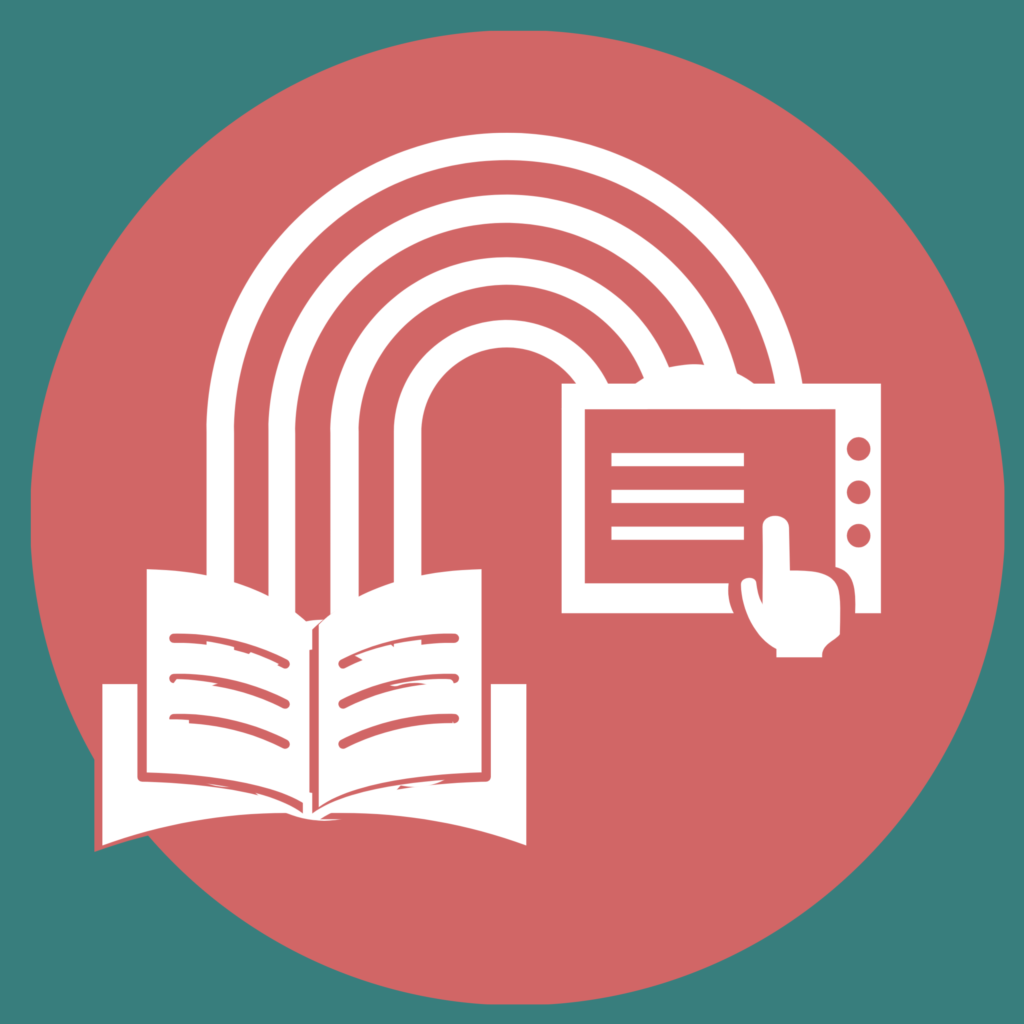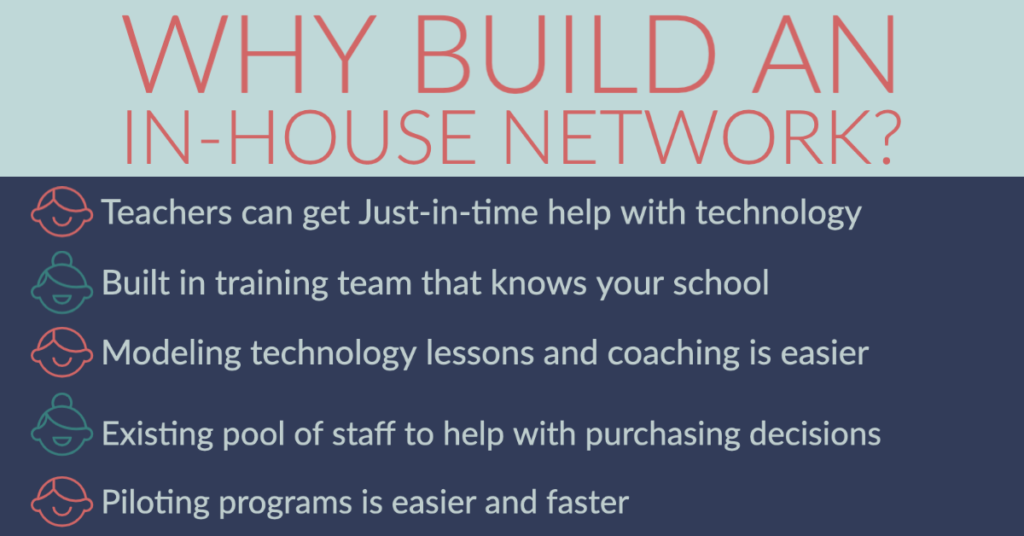
Connect leaders, educators, instructional support, technical support, domain experts and solution providers to maximize the potential of technology for learning.
ISTE STANDARDS FOR COACHES
Making Connections
Connection is a recurring concept in teacher training. We are taught to connect with students, to build classroom to home connections, and to help students build connections to one another through team building activities in the classroom. If creating connections is so crucial to learning for students, couldn’t it also be essential for adults too? ISTE 4.1a focuses on this concept, highlighting the importance of connecting all of the adults involved in learning to maximize its effectiveness.
Throughout my DEL experience, I’ve found myself returning to the importance of connection. In November 2021, I wrote about building connections among in-district tech-savvy teachers to strengthen a technology culture among staff. In this post, I emphasize the essential nature of ongoing support and how networks of geographically connected educators can provide support for one another even when their roles within the district or building differ.
Networks to support and strengthen technology use can take a variety of forms and still be effective, as I observed in another post from 2021 about Instructional Coach Professional Learning Networks. The three types of networks I highlight in that post are: in person, online, and hybrid networks that combine the best of both online and in-person communities.
